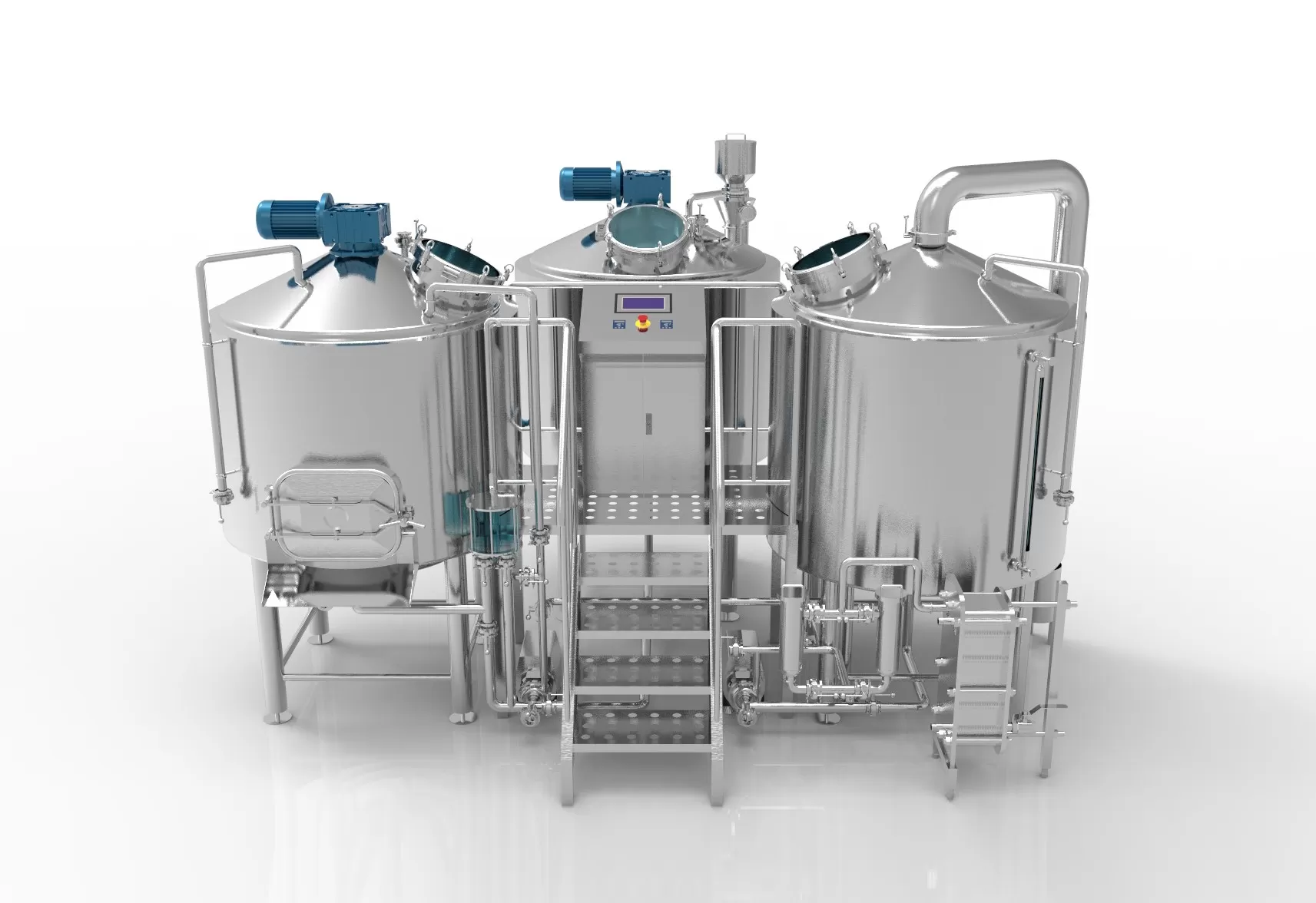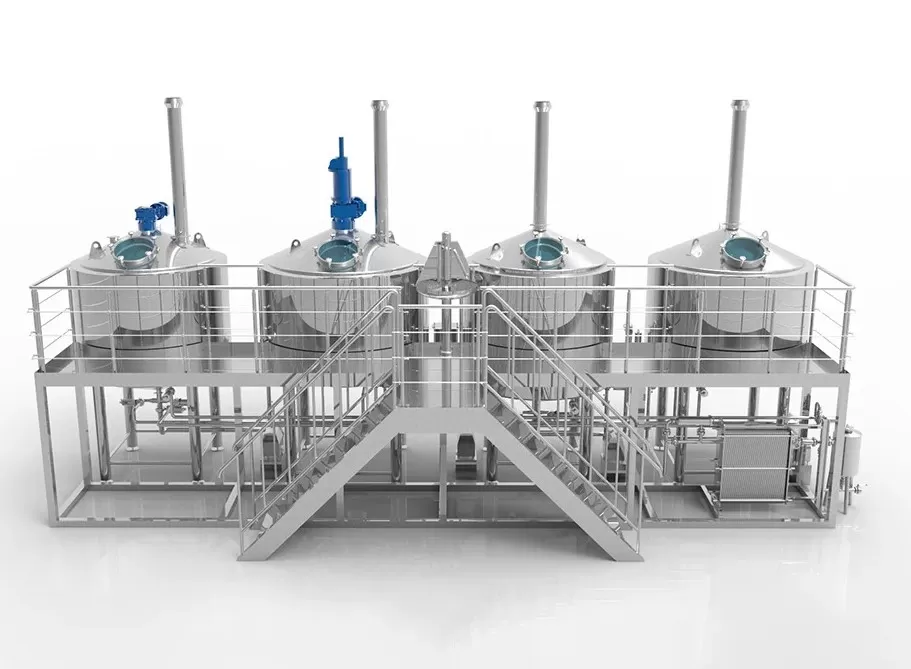Microbrouwerij and craft brewery have many things in common, but they are also very different. In today’s beer market full of diverse choices, microbreweries, and craft breweries, as two unique brewing forms, are gradually winning the favor of consumers. Although the two have many similarities in some aspects, they significantly differ in production scale, process characteristics, and market positioning. Microbrewery is known for its small-scale, localized production model and close ties with the community. At the same time, craft brewery has received widespread attention for its innovation in beer flavor and pursuit of high quality.
Definition and size of microbrewery and craft brewery
Wat is een microbrouwerij?
A microbrewery is a beer production facility that is smaller and has limited production, usually around 1,500 to 3,000 liters per year. These facilities tend to focus on providing specialty beers in the local market, emphasizing flexibility in the production process and connection with the community. They must also sell 75% or more of their beer at an off-site location, although some microbreweries have a small tasting room or bar for visiting consumers. Microbreweries complete sales in one of three ways:
- Three-tier system: Brewers sell beer to wholesalers, wholesalers sell beer to retailers, and retailers sell beer to consumers.
- Two-tier system: Brewers act as wholesalers and sell beer to retailers, who sell beer to consumers.
- Direct sales: Brewers sell directly to consumers through takeout or on-site bar or restaurant sales.
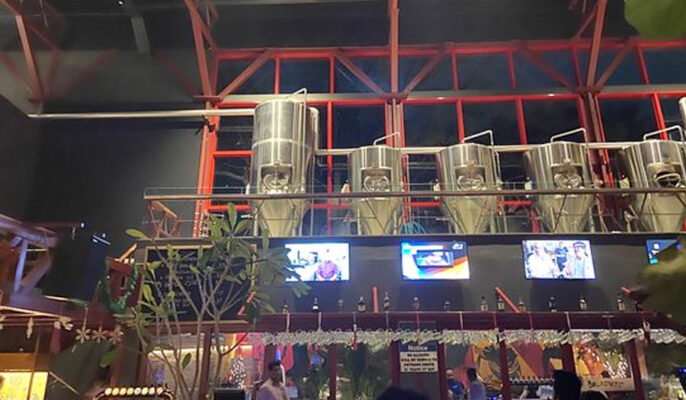
Wat is een ambachtelijke brouwerij?
A craft brewery is a beer production facility characterized by small batches, high quality, and innovation. They usually use traditional brewing methods and high-quality ingredients and are committed to creating unique and flavorful beers.
- Process innovation: Craft breweries often explore novel brewing methods and raw material combinations to pursue the unique flavor and taste of beer. This includes using different types of malt, hops, and yeast, and even adding some non-traditional ingredients such as fruits or spices.
- Small batch production: Although the scale of craft breweries can vary, they usually focus on small batch production. This production method allows brewers to focus more on the quality and flavor of each batch.
- High-quality ingredients: Craft breweries usually choose high-quality ingredients such as premium malt, hops, and yeast. The choice of these ingredients has an important impact on the flavor and taste of beer.
- Personalization and diversification: Craft breweries often offer a variety of different flavors of beer, ranging from traditional styles to innovative experimental flavors. Consumers can choose different types of beer according to their taste preferences.
- Brand story and community connection: Craft breweries usually focus on shaping brand stories and interacting with consumers. They may establish connections with the community through activities such as beer festivals and tastings to enhance brand affinity and identity.
- Market Positioning: Craft breweries not only serve the local market but may also promote their products to a wider market through distribution channels, including national or international markets.
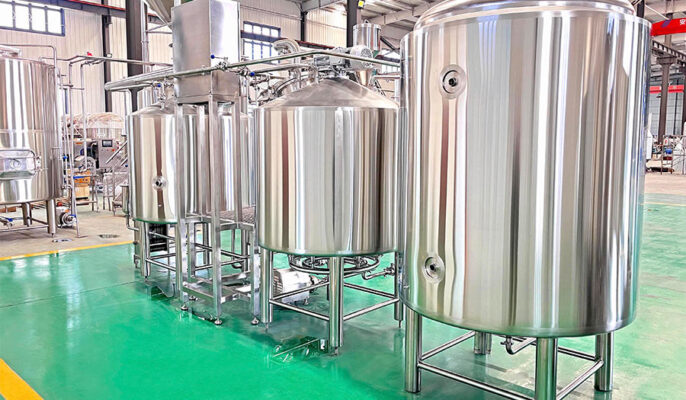
Differences between micro-brewery and craft brewery brewing processes
Micro-brewery brewing process
- Simplified equipment and processes: Micro-breweries usually use relatively simple equipment and brewing processes. Although these equipment can produce high-quality beer, their technology and processes may not be as complex or advanced as those of craft breweries.
- Local characteristics: Micro-breweries often adjust their beer recipes according to local consumer taste preferences and market demand. This localized production method may lead to a diversity of beer flavors, but this diversity usually revolves around local traditions and popular flavors.
- Production flexibility: Due to their small scale, micro-breweries have greater flexibility in production. They can quickly adjust production plans and recipes to respond to market changes or consumer feedback.
- Small batch production: Micro-breweries usually focus on small batch production, which allows brewers to finely control each batch, thereby maintaining the consistency and freshness of the beer.
Craft brewery brewing process
- Complex technology and equipment: Craft breweries usually use more advanced and complex equipment, including systems for precise control of temperature, pressure, and fermentation conditions. These technologies can help brewers create more delicate and unique beer flavors.
- Innovation and experimentation: Craft breweries place great emphasis on process innovation and experimentation. They often try new brewing methods, new combinations of raw materials, and unique flavor additives such as fruits, spices, or honey to create beers with unique personalities.
- High-quality raw materials: Craft breweries typically use high-quality malt, hops, and yeast, and are very particular about the selection of raw materials. These high-quality raw materials play a key role in enhancing the flavor and taste of beer.
- Emphasis on flavor and complexity: The focus of craft breweries is on the complexity of the flavor and taste of beer. Brewers tend to fine-tune each brewing step to ensure that each beer can show its unique flavor characteristics.
- Marketing and brand building: Craft breweries not only focus on production processes but also attach great importance to brand stories and marketing. Their beers often have detailed background stories and characteristics, which also become part of their products.
Characteristics of micro-brewery and craft brewery
Characteristics of micro-brewery
- Small-scale production: Annual output is usually around 1,500 to 3,000 liters, and the scale is small.
- Localization: Mainly serving the local market, producing characteristic and local-flavored beers.
- Simplified equipment: Using simple and efficient production equipment, the process is relatively basic.
- Flexibility: Ability to quickly adjust production plans and recipes to respond to market changes and consumer demand.
- Community connection: Closely connected with the local community, often increasing interaction through tasting activities and local festivals.
- Personalization: Focus on the uniqueness and personalization of products, often combined with local culture and traditions.
Characteristics of craft brewery
- High-quality raw materials: Use high-quality malt, hops, and yeast, and pay attention to the selection and processing of raw materials.
- Process innovation: Use traditional and innovative brewing methods, and often experiment to create unique flavors.
- Small batch production: The production scale is usually small, allowing for fine control of each batch.
- Flavor diversification: Provide a rich variety of beer flavors, focusing on the complexity and layering of taste.
- Brand story: Attach importance to brand building, often attracting consumers by telling brand stories and participating in community activities.
- Market positioning: In addition to the local market, it is possible to enter a wider market through the distribution network, including national and international markets.
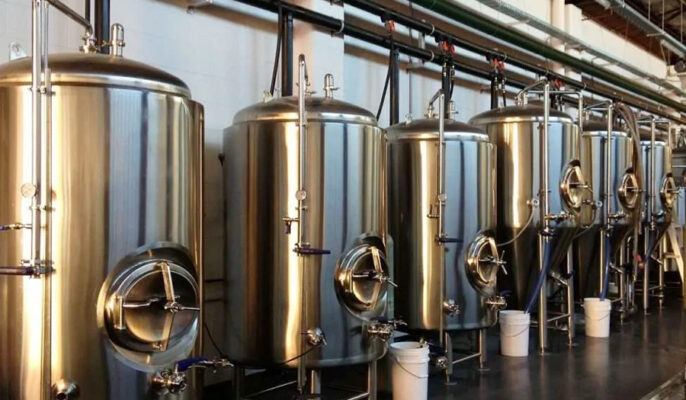
Micro-brewery and craft brewery consumer experience is different
In micro-brewery, consumers often have the opportunity to enjoy on-site tasting and factory tours, and this interactivity is a major feature. Direct communication between consumers and producers can enhance their understanding and interest in the product.
Craft breweries may provide richer tasting experiences and educational activities, encouraging consumers to explore diverse beer flavors and participate in sharing brand stories. This experience is not limited to on-site, but may also be expanded through online activities and tasting sessions.
FAQ
What are the main differences between microbreweries and craft breweries?
Microbreweries are smaller in scale, usually with an annual output of 1,500 to 3,000 liters, and mainly serve the local market. Craft breweries focus on process innovation and high quality, and can be small to large in scale, but usually emphasize the complexity and uniqueness of flavor.
What is the difference in market positioning between microbreweries and craft breweries?
Microbreweries are mainly aimed at the local market, focusing on local characteristics and community connections. Craft breweries not only serve the local market but also expand to a wider market through distribution networks, including national and international markets.
What are the differences in the selection of raw materials between microbreweries and craft breweries?
Microbreweries may use lower-cost raw materials and emphasize the local characteristics of production. Craft breweries usually use high-quality raw materials and are more particular about selection and processing, pursuing the uniqueness and complexity of beer flavors.


